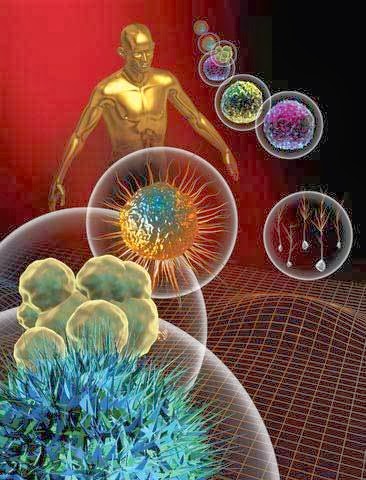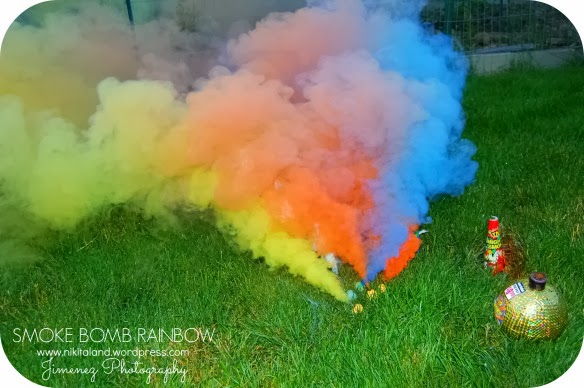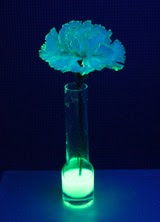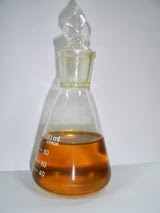What gives the blue in Blue Jeans..???

What gives the blue in Blue Jeans..??? Jeans are stylish. Jeans are cool. And jeans are mostly blue. It’s quite interesting. The blue colour of jeans is because of the indigo dye that is used in the manufacturing of the jeans. What has Alfred Von Baeyer got to do with your jeans? German chemist Alfred Von Baeyer was the first person to invent synthetic indigo dye. In fact, he even won a Nobel Prize for this in 1905. Indigo is both a natural dye and a synthetic one. Indigo plants were originally harvested so that the dye of the plant could be extracted. Beyer however, was able to chemically synthesize Indigo. This lead to manufacturing Indigo on a large scale in 1897. So, if you like your blue jeans very much, you must thank Alfred Von Baeyer. How is Indigo dye used to colour? Indigo in its natural state cannot be mixed in water. It is applied as yellow leucoindigo, which is the reduced water soluble form of Indigo. 3 to 12 gms of indigo are enough to dy...




